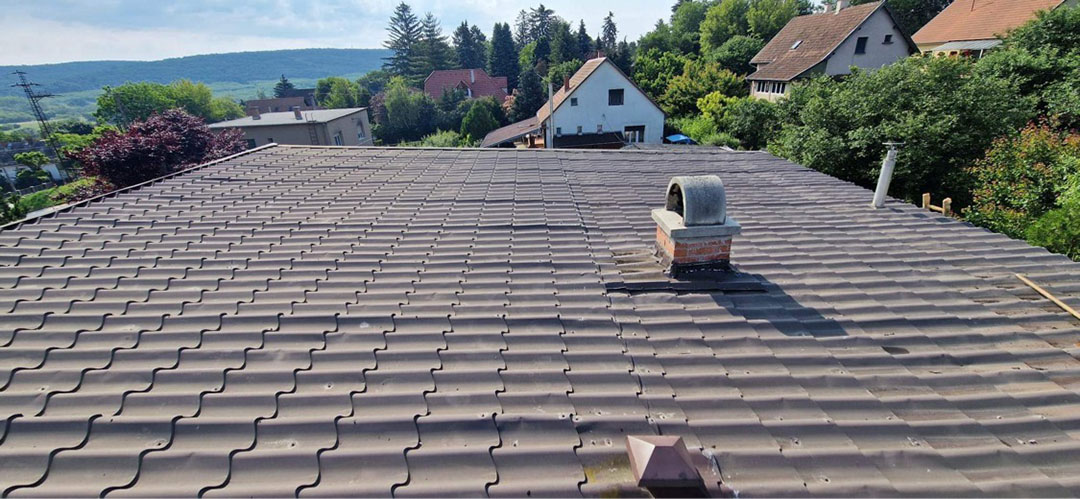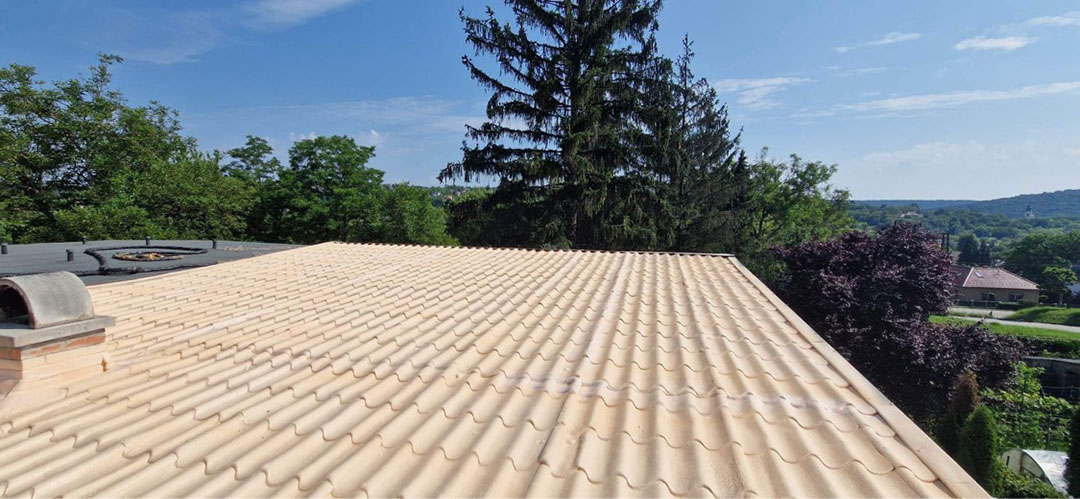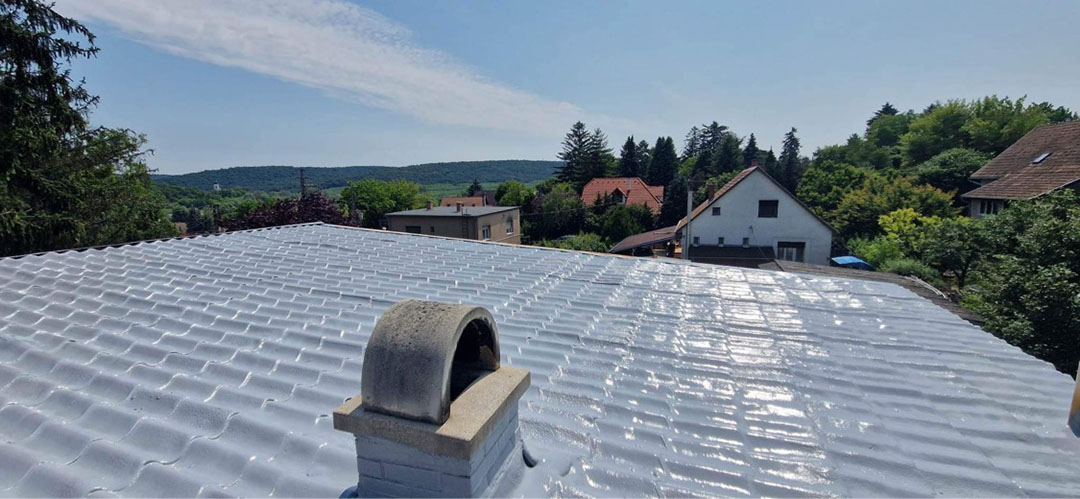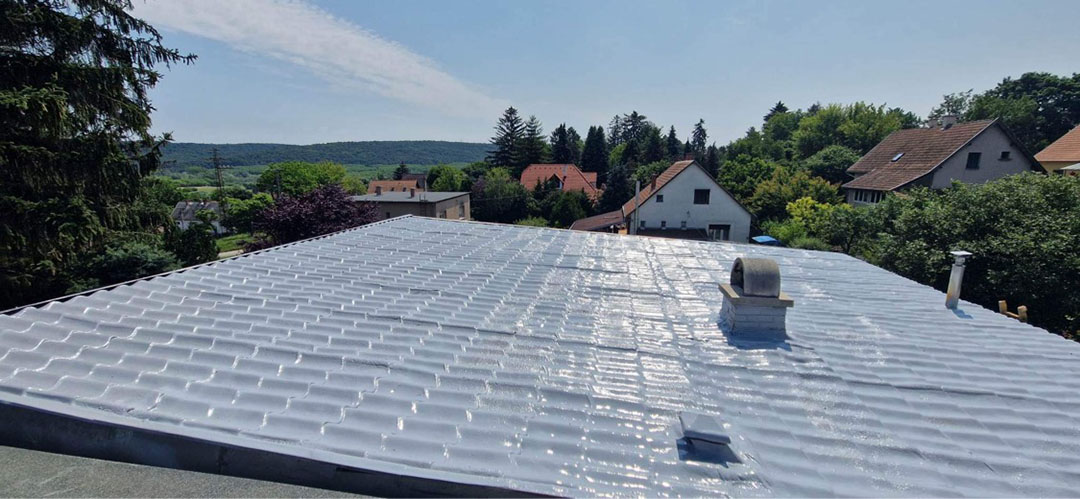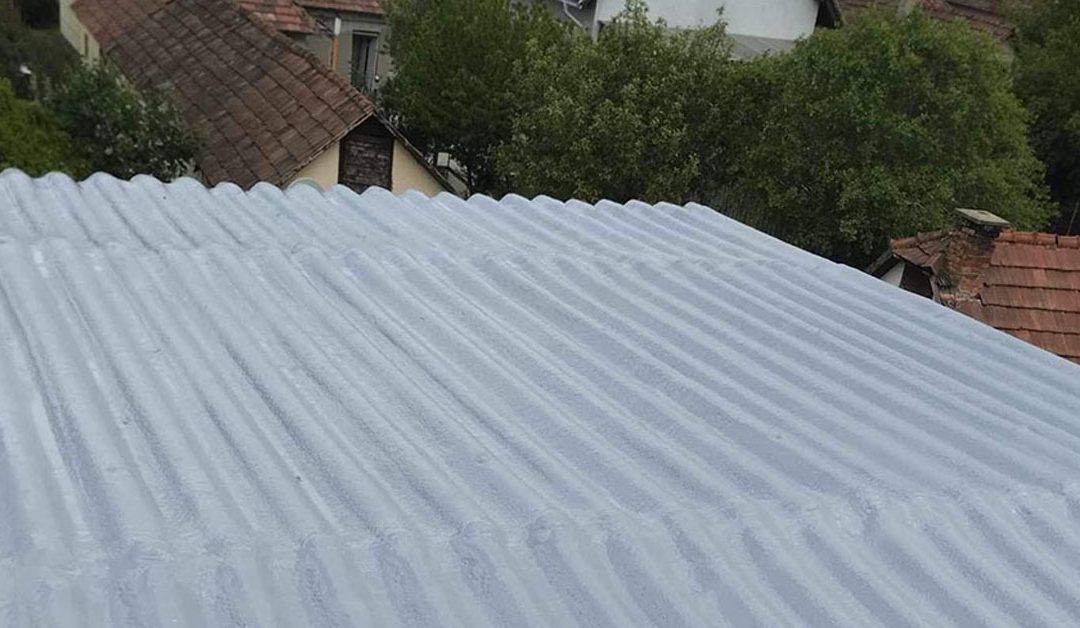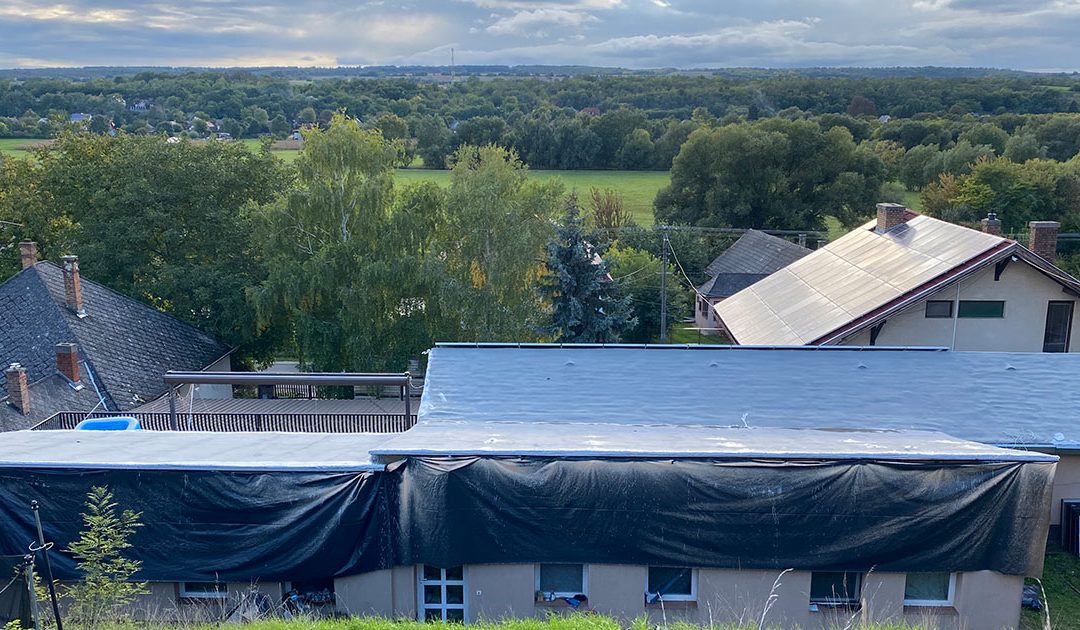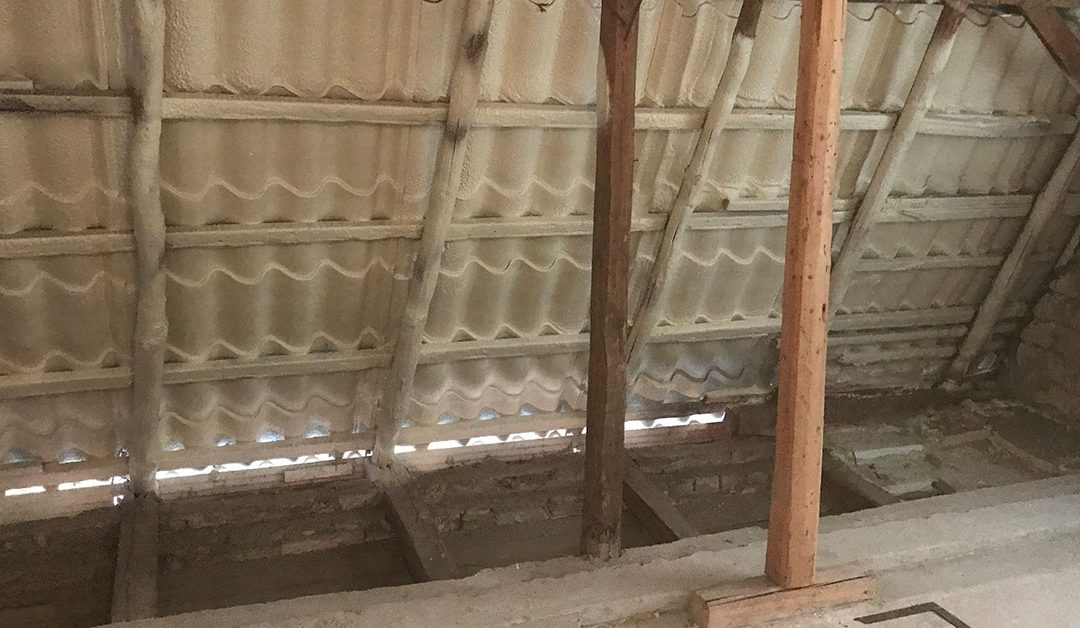Veresegyház tile insulation
Purhab Insulation on Tiles
Insulation of roofs and walls is vital to the comfort, energy efficiency and durability of homes. It can also be seen in the case of Veresegyház ceramic tile insulation that the foam insulation is an innovative solution that can also be used excellently in the case of ceramic tiles. In this article, we will look at some of the advantages of foam insulation, with particular attention to static reinforcement, elimination of waterlogging and excellent thermal insulation.
Static reinforcement:
One of the biggest advantages of foam insulation is the static reinforcement, which is also important from the point of view of roof structures. Purfoam is an extremely strong material that can be firmly attached to the tiles, thus strengthening the roof structure. This can be especially useful when renovating old buildings whose roof structure has become old and weakened. Purfoam insulation not only provides thermal insulation, but also increases the stability of the roof.
Avoiding wetting:
With tile insulated roofs, waterlogging can be a common problem, especially over time when the tiles begin to crack or move. At the Veresegyház tile sheet insulation project, it was again revealed that foam insulation is excellent for eliminating this problem. Purfoam applied in a liquid state can fill the small gaps and cracks between the tiles, thus creating a completely waterproof and leak-proof surface. In this way, the foam insulation effectively protects the building from the ingress of rainwater and damage caused by moisture.
Excellent thermal insulation:
Purfoam insulation is an extremely effective thermal insulation material. It results in significant energy savings, as much less heat is lost in the home. Purfoam insulation has a very low thermal conductivity, so the pleasant temperature in the building remains longer. This not only reduces heating and cooling costs, but also minimizes environmental impact.
Overall, foam insulation has outstanding advantages for roofs and walls insulated with tile sheets. Static reinforcement, elimination of waterlogging and excellent thermal insulation result in a significant improvement in the building's stability, watertightness and energy savings. In this way, foam insulation can contribute to creating a more comfortable and economical home.
Ceramic tile: Advantages and disadvantages
Veresegyház tile insulation
The advantages and disadvantages of tile are important considerations when building or renovating. Tile is one of the most commonly used roofing materials in residential buildings. It is widely used on the roofs of family houses, condominiums, garages, outbuildings, and apartments. It is also an ideal choice for covering patio roofs and canopies. It is also suitable for roofing agricultural buildings, machine sheds, granaries and industrial halls. Due to its durability, low weight and easy installation, the ceramic tile is very popular in the construction industry.
What exactly is ceramic tile? Similar to metal-based roofing materials, the tile sheet is made of galvanized steel sheet. During the manufacturing process, the steel plate is dipped in an acid that contains zinc, and then an electrical voltage is applied to the plate. As a result of this process, the zinc sticks to the steel and stays there permanently. This process is called electroplating. The plate is then painted, which provides a protective layer to the material and gives the tile an aesthetic appearance. The thickness of the paint usually varies between 25-45 microns.
Tiles are usually 0.4-0.45 or 0.5 millimeters thick. The thicker the plate, the greater the resistance and durability of the material.
In addition, the ceramic tile is fire-resistant and has good heat-reflective properties.
Veresegyház tile insulation
See also our website dealing with slate roof renovation! Click here!
Read about seamless insulation on slate roofs! Click here!

